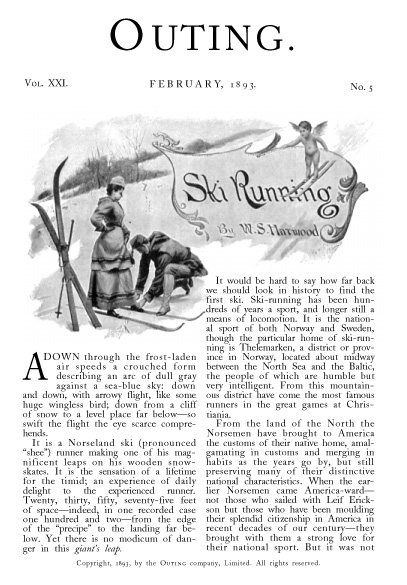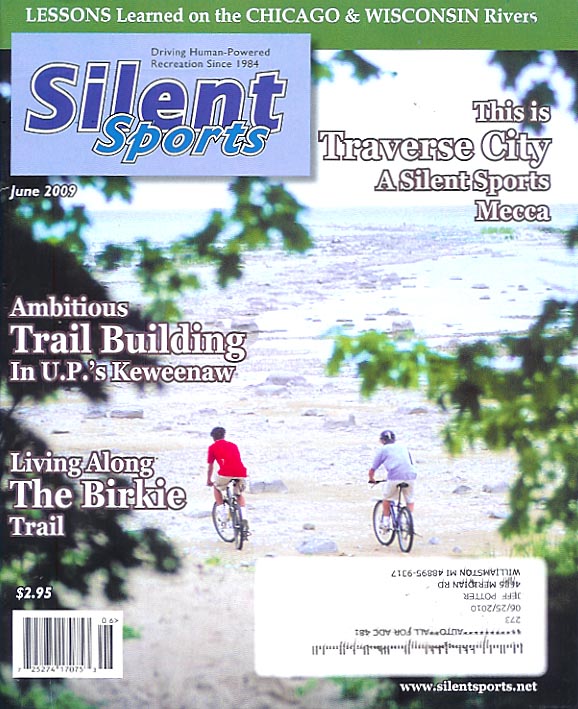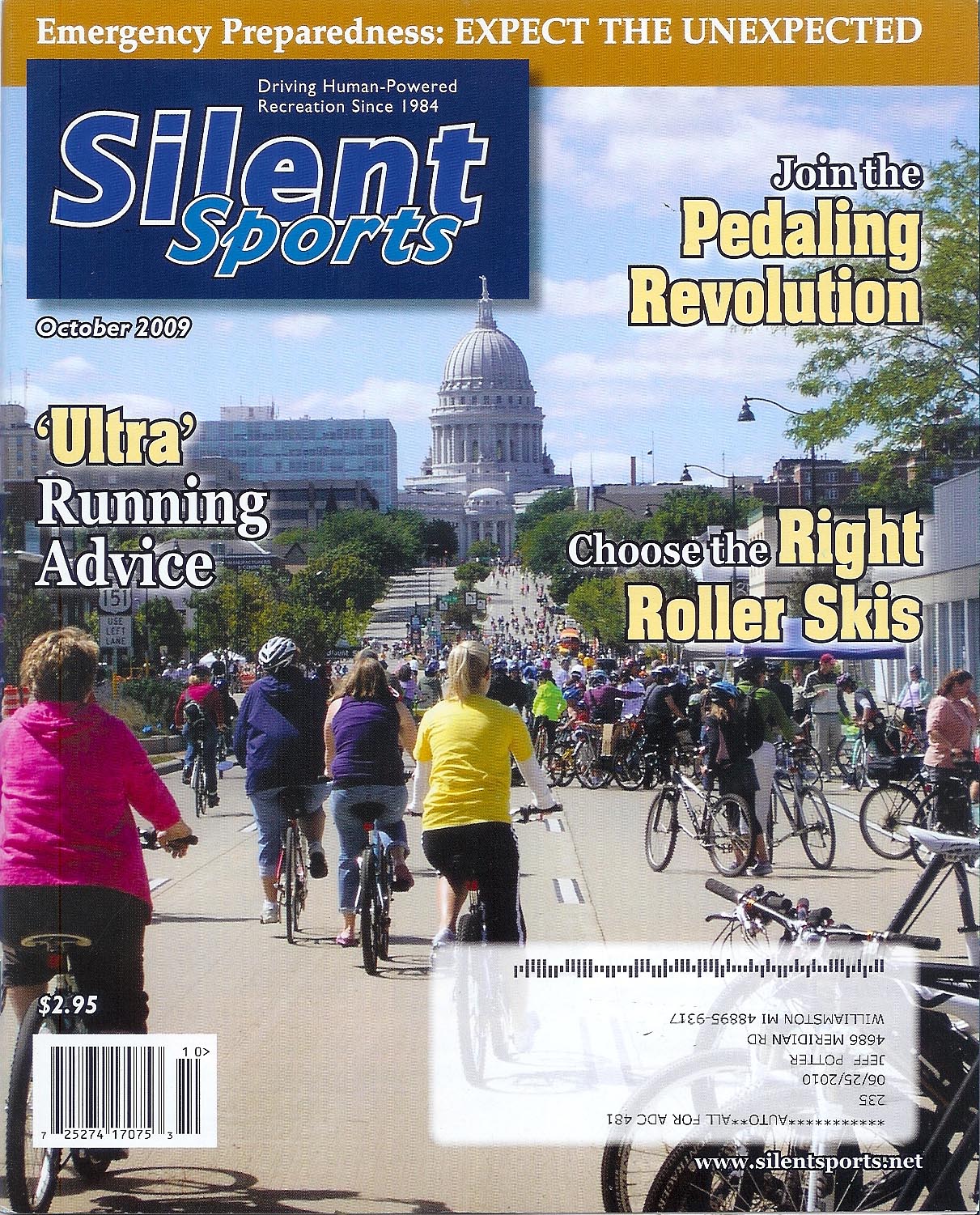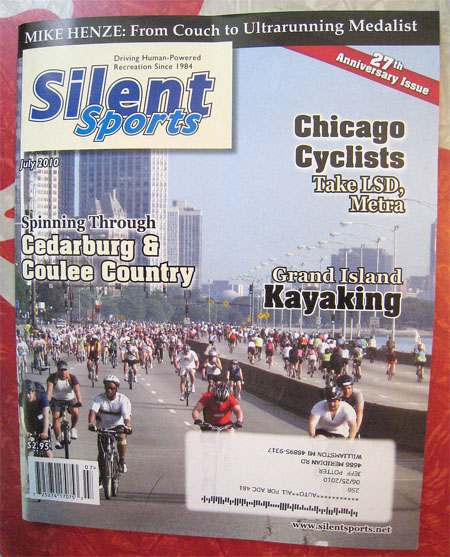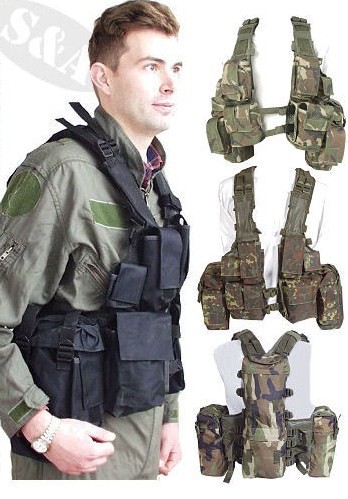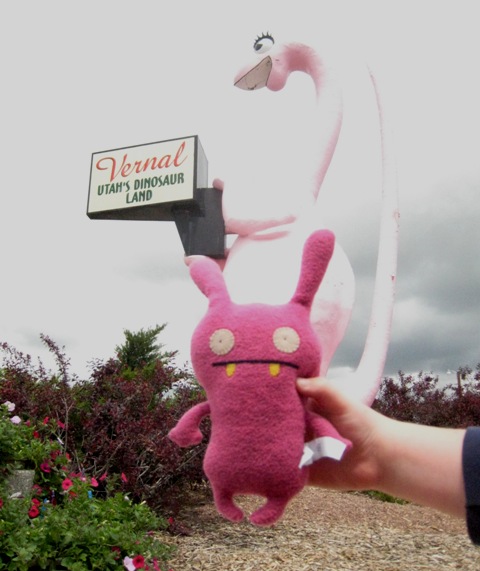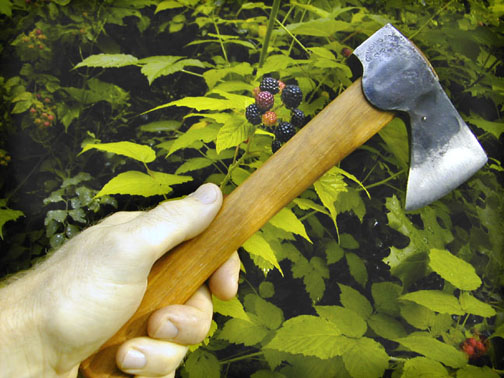The Scandinavians have something called “friluftsliv”—enjoying the outdoors as a way of life. Free air life. It also celebrates the skills of the outdoors—it’s not just passively sitting in a park—it includes the world of the picnic—and so much more.
“Nature First: Outdoor Life the Friluftsliv Way” is the first book in English (I think) about this approach to nature and everyday life:
There’s another “big picture” Scandi term that seems interesting to me. Idraet. I googled it:
“Sport is not just sport in Denmark. Sport is ‘idraet,’ though ‘idraet’ is not always sport. … ‘Idraet’ is used as a rule about a large range of body culture activities in which the aim can be well-being, exercise, fun, a sense of community or personal development, and all sports organisations have adopted the term ‘idraet’.
I came across the term in a book about ski heritage. Basically, idraet seems to indicate something like “healthy valor.” It’s good sportsmanship, with values that are prior to the activity and it seems to have caused trouble with the competitive side of things from the start due to its wholesome and considerate essence.
Here’s what I found in the Skiing Heritage Journal (thanks to Googling):
“As ski historian John Allen has documented, these concepts were all summed up in the Norwegian word idraet, a complex concept having to do with health, morality, citizenship and honoring one’s ancestors. This did not fit well with the necessity for a mountain resort large enough to hold an Olympics. A resort is all about making money. Norwegians, particularly, had to be dragged, kicking and protesting, into a Winter Games featuring luxury hotels with the heavy scent of money hanging over the scene.”
(Mort Lund, issue #4, Dec. 2001.)
I note that 60-70% of Norwegians are active skiers. I recently saw a rec.skiing.nordic newsgroup post that quoted some Norwegian media that suggested that such a number meant that skiing wasn’t all THAT important to their people. However, I would think that in the USA that the so-called “national pasttimes” each only amount for maybe 1% of active participation from the public. Maybe there are a dozen physical activities that can claim sizeable groups, adding up to maybe only 15% of Americans who are actually enthusiastic about any physical activity—maybe half of these could be called fresh-air oriented. Bike, ski, run, hike, paddle, sail, hunt, fish…I’ll even admit golf. But square-field/court ballsports probably don’t count.
But even 15% is still a lot of people doing things outdoors. Maybe 7% of them have a strong interest in their surroundings and the life around them as they do these things.
If 70% of Scandis are skiers, how many are hikers and bikers and such? It seems like basically all Scandis are into the outdoors and its values. So maybe they could be our role models.
The friluftsliv book is an international anthology—including the US and Canada—reflecting on fresh-air culture and how it’s expressed.
But I just mostly like the word-idea: friluftsliv!!!
What more do you need? It’s an idea that can take you a long way. If you start following it the blanks might be pretty easy to fill in. Outdoor Ed is out there. If you need some brush-up’s there are classes and courses and clubs galore.
NOLS and Outward Bound are still out there. As big as ever? I hope so!
Yet I think the pinnacle goal of culture is everyday, is local. I’ve never been able to afford a NOLS or OB scenario. I don’t think friluftsliv is meant to be class conscious. The goal is for everyone to benefit.
Scouting culture would seem to fulfill the friluftsliv standards. It’s still a big social force, but it’s down from what it was. And adults are involved as leaders not participants—but the lines do blur. Its limitations in general are by design and it would be the first to admit that it’s not meant to be as big a factor as something like friluftsliv.
I note that bike touring groups are becoming almost a retiree activity, especially for specific excursions, whereas they were designed in the 70’s for young teens. Maybe many of the same people are still involved!
***
US colleges used to have a strong Outing Club scene. Perhaps it was an extension of Scouting. It became strongly co-ed, as of the 1970’s, as far as I know. I hope it’s still going strong. I googled “outing club” and found scattered metro and college clubs but no national group. The last time I visited MSU’s OC they emphasized long distance outings (caving and whitewater) far more than cheap local outdoor fun (canoeing and XC ski), but their homepage shows a canoe outing, so that’s good. When I was in college I found it a great way to get off campus for some cheap, casual fresh air amidst competent co-ed students and faculty as well.
***
There was a magazine in the late 1800’s called “OUTING” that expresses a traditional American take on friluftsliv. Here’s a searchable index to story titles and scans of all the issues. Neat stuff! It’s a huge resource—click the “Outing” magazine box to search it for whatever.
***
I suppose we can say that “Outside” magazine promotes this worldview today. It has its good days. I’ve heard it has a “once per issue” ratio of realworld outdoorness. Makes one thirst for more…
“Silent Sports” mag really does a good job along these lines. It’s out of Wisconsin but it has a national-quality message.
“Momentum” mag out of Canada is good as well, given that it’s more urban and pop/rad. It has a youth emphasis but one that’s not totally unhitched from tradition.
***
A friend just loaned me a collection of the Australian magazine “Grass Roots” from the 1960’s and 70’s. Wow! I suppose it’s a Whole Earth Review, Mother Earth News sort of thing—part of that movement. Subheaded: “Craft and self-sufficiency.” It’s great seeing the low-tech production—hot-lead typesetting. Lots of pages of letters in each issue—the original forum!
Now, “Grass Roots” was a big part of the Oz back to nature scene, I would imagine (it included self-sufficient city life, too). I’ll be digging into these old issues for a later report, but for now it’s worth noting that this, of course, isn’t the same as friluftsliv—which is available to anyone, anywhere, no matter where they live or their job. I’m just playing off of the word, of course, not being Scandi myself, but I’d think it means simply living in a way where you have access to nature and where you appreciate it and participate in it in various wholesome and skilled ways. You can do this in a city or “system” livelihood. A city or company can be built on such values. Easily even. Go visit a Scandi town. It makes you wonder why anyone would ruin something like a view, a waterfront or the fresh air. (It takes hard work to be blind and to ignore and to actively ruin your world’s assets. You have to go against all thought and feeling and narrow yourself to an enslaved life of vice which the spirit would naturally rebel against and try to escape from at every chance. But any brief freedom or ongoing act of suppression would alike bring feelings of guilt…and pain…which you’d want to avoid if you could see no way out…and which you’d have to medicate away.)
I suppose that numbing or harmful repetitive activity of any kind can ruin one and make one fit only for the couch after hours.
It’s not just hard work or hazardous work that would do it the worst, I suspect. It’s work where the human is turned into a robot even if one who has to think robotically rather than use their body so.
But even so one can resist. And even if the couch seems like the only place worth being…no, “worth” is too strong a term, implying deliberation…even if you just feel like doing nothing when you get home, I suspect it would be better for you to find something civilized to do and see while you’re doing it.
But, sadly, in our country those things are stripped away for many of us, adding to our malaise. If you get off your couch you’re only faced with minimalls and pavement.
Well, make the effort anyway—there is something that shows *development* not very far away. Something that is not only preserved but has been clearly valued and built up.
That aspect is harder to find where we live in mid-Michigan as the only civic value our township has been able to agree on is to leave pieces of land empty and “green.” Intentionally developed civic space is almost unknown, except for the occasional unused bench outside a faceless building. The grass is mowed in places for the occasional civic event. But it at least leaves plenty of elbow room for those who step off the path between car and door.
There’s no there there but we’re here!
We have to make the best of it.
